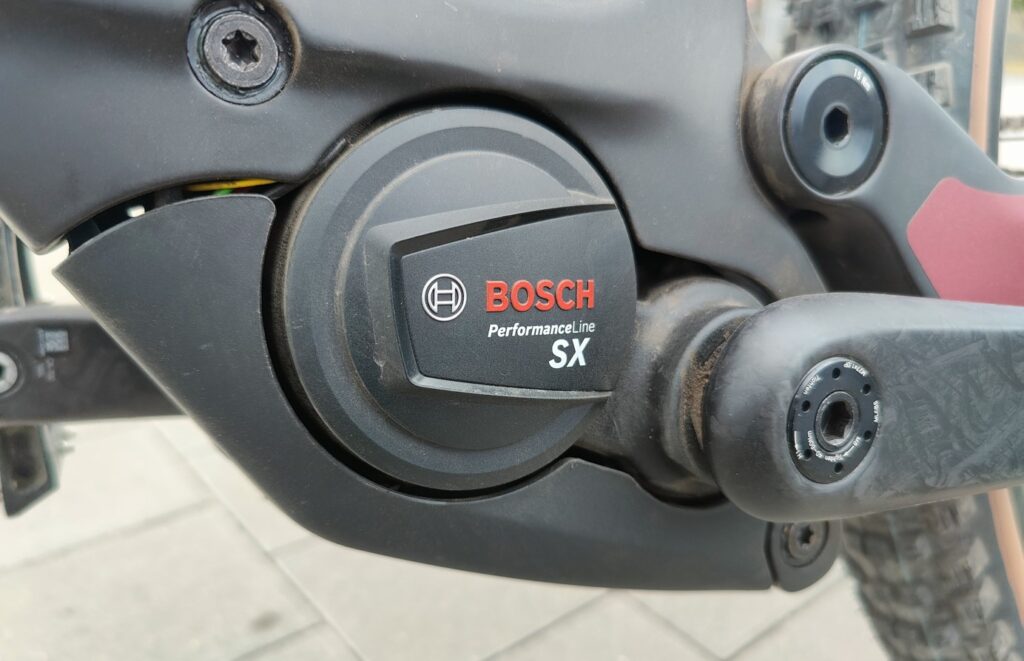
Introduction
In recent years, there has been a significant surge in the popularity of electric bikes, and at the heart of this revolution lies the electric bike motor. As technology continues to advance, these motors have become more sophisticated, efficient, and integral to the overall performance of electric bicycles. This article explores the evolution of electric bike motor, shedding light on the various types, their functions, and the impact they have on the cycling experience.
The Basics of Electric Bike Motor
Electric bike motors are the powerhouse of e-bikes, providing the necessary assistance to riders. They come in various types, each with its unique characteristics. The three main categories are hub motors, mid-drive motors, and friction drive motors.
Hub Motors
Hub motors are integrated into the wheel hub, either in the front or rear wheel. These motors are known for their simplicity and ease of installation, making them a popular choice for entry-level electric bikes. They offer a smooth and quiet ride but may lack the torque and efficiency of other motor types.
Mid-Drive Motors
Mid-drive motors are situated at the bike’s crankset, directly driving the bike’s chain. This design provides better weight distribution and a more natural riding experience. Mid-drive motors are particularly effective on hilly terrains, as they leverage the bike’s gears for optimal power delivery.
Friction Drive Motors
Friction drive motors are less common but intriguing in their design. They typically press against the bike’s tire to provide propulsion. While simpler and lighter, they may not offer the same efficiency as hub or mid-drive motors.
Technological Advancements
Over the years, electric bike motors have undergone significant technological advancements, enhancing their performance and efficiency. One notable improvement is the integration of smart technologies. Modern motors often feature sensors that monitor various parameters such as pedal cadence, torque, and speed, allowing for a more responsive and intuitive assistance system.
Moreover, advancements in battery technology have played a crucial role in enhancing electric bike motors. Lithium-ion batteries, with their high energy density and lightweight properties, have become the standard, providing longer ranges and faster charging times.
Power and Efficiency
The power and efficiency of electric bike motors are key factors that directly impact the riding experience. Motor power is measured in watts, and higher wattage generally translates to more powerful assistance. However, it’s not just about raw power; efficiency in converting electrical energy into mechanical power is equally important.
Efficient motors contribute to longer battery life and increased overall range. Some motors employ advanced algorithms to adjust power output based on the rider’s input and the terrain, optimizing energy consumption.
The Impact on Cycling Culture
The advent of electric bike motors has had a profound impact on cycling culture, breaking down barriers and attracting a diverse range of riders. Electric bikes appeal to commuters, fitness enthusiasts, and those who may have been deterred by the physical demands of traditional cycling.
Commuting Revolution
Electric bikes have emerged as a game-changer for commuters, offering a faster and sweat-free alternative to traditional bicycles. The assistance provided by electric bike motors makes commuting more accessible and enjoyable, encouraging people to choose sustainable transportation options.
Fitness and Adventure
While some purists may argue that electric bikes compromise the essence of cycling, many enthusiasts embrace the technology for the added versatility it brings. Riders can cover longer distances, conquer challenging terrains, and extend their cycling adventures with the assistance of electric motors.
Environmental Impact
The rise of electric bike motors aligns with the growing awareness of environmental issues. Electric bikes produce fewer emissions compared to traditional vehicles, contributing to cleaner air and a reduced carbon footprint. This aligns with the broader shift towards eco-friendly modes of transportation.
Challenges and Future Outlook
Despite the numerous benefits, electric bike motors face challenges such as concerns over battery disposal and the environmental impact of manufacturing. Additionally, regulations and infrastructure development for electric bikes vary globally, influencing their widespread adoption.
Looking ahead, the future of electric bike motors seems promising. Continued advancements in battery technology, motor efficiency, and smart integration are expected. The industry is likely to witness innovations that address current challenges and further enhance the sustainability and appeal of electric bikes.
Conclusion
The electric bike motor has evolved from a niche technology to a mainstream feature that is reshaping the cycling landscape. As technology continues to advance, these motors will likely become more efficient, powerful, and seamlessly integrated into the overall cycling experience. Whether for commuting, fitness, or leisurely rides, electric bike motors are playing a pivotal role in making cycling more accessible and enjoyable for riders of all levels. The journey of the electric bike motor is far from over, and its ongoing evolution promises an exciting future for the world of cycling.
Also Read: Electric Bike Fast